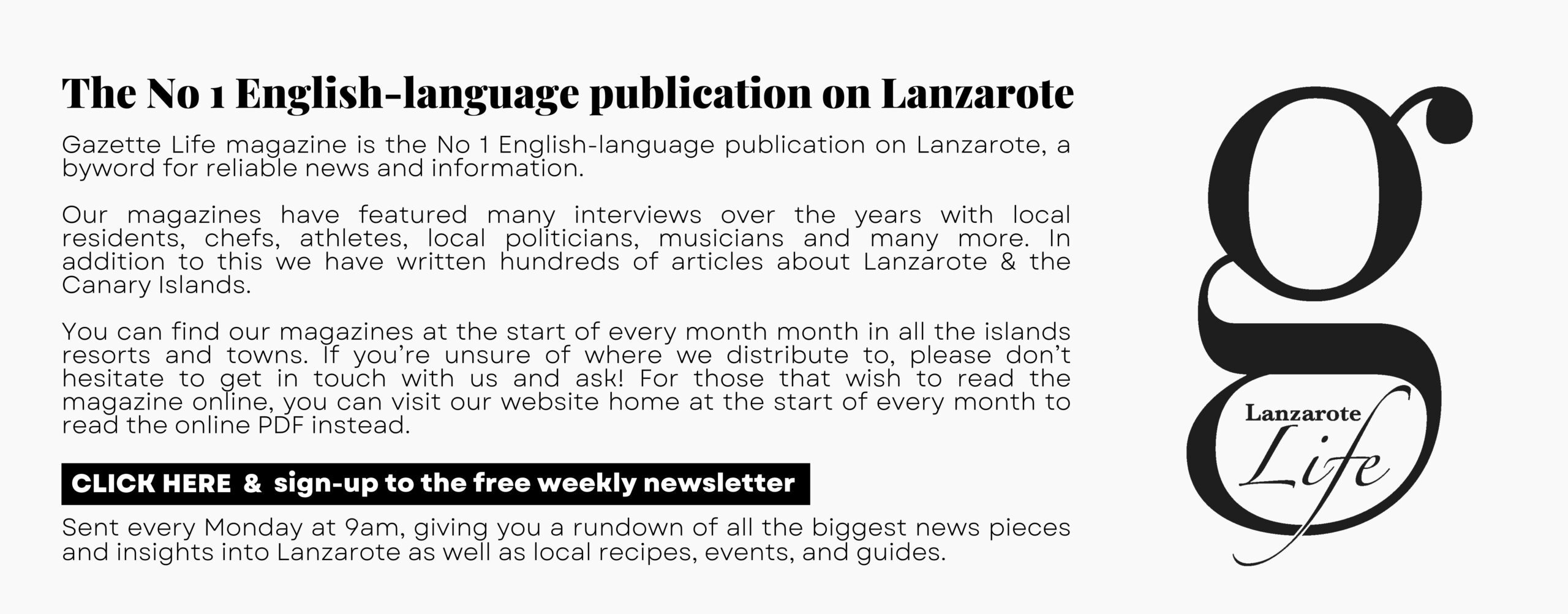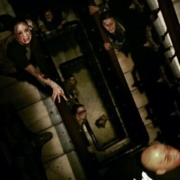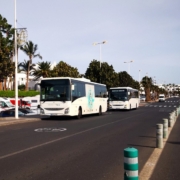There are plenty of ways to get fit on Lanzarote, but if you want to do it properly, you’ll need some achievable targets. Here’s a few suggestions for real targets on Lanzarote.
SWIM A KILOMETRE
A thousand-metre swim is probably the first major hurdle youll need to achieve if you’re interested in taking part in the travesías (swimming contests) that take place regularly in the summer.
You can churn away for 40 lengths in a 25 metre-pool (or 50 in 20-metre one), but you’ll get much better experience trying to cover the distance in the sea itself.
The safest areas are the lagoons in the resorts. Jablillo in Costa Teguise is 200 metres end-toend, as is Playa Flamingo in Playa Blanca. The other lagoon in the south, Playa Dorada, is 300 metres, but this is partially roped-off for craft to enter and leave.
Playa Grande and Playa Pocillos in Puerto del Carmen are both a kilometre in length, but you’re advised to stay close to shore and go with a partner.
Once you’ve managed this landmark, it’s time to look at the travesías.
CLIMB A VOLCANO
Lanzarote has no tall mountains or volcanoes, which means that getting up and down one is a rapid affair if you’re in good condition.
You can be up and down the Montaña de Tinaguache just outside Costa Teguise in less than an hour, and it’s a similar hike up to the rugged cross on the top of Montaña Tinamala overlooking Guatiza. Montaña Roja in Playa Blanca is even easier.
Some volcanoes are best left alone – many of the more recent volcanoes in Timanfaya and large parts of the Volcán de la Corona in the north are protected, but the much more ancient ridge of paler volcanoes that form the spine of the island; or the equally old peaks of the Ajache region, offer some great ascents.
WALK THE ISLAND
It’s possible to walk from one end of the island to the other in three or four days. However, the GR-131 footpath that stretches from Órzola in the north to Playa Blanca in the south measures 70 kms and is divided into five sections that walkers can tackle on separate days. The second (Haría to Teguise) and fourth (San Bartolomu to Yaiza) stages.
The GR-135 circuit is not yet completed, but it’s still possible to walk the 200 kilometres around the island, although you’ll need to do a little planning for the cliffs of the north of Lanzarote.
Other challenging walks that every hiker should eventually have a go at include the slog up Famara cliff from the Playa del Risco, and the stunning, stark 18 km Timanfaya coastal route from Tenesar to El Golfo.
ENTER A RACE
First came the marathon, then the island’s first triathlon. The Ironman followed, and now Lanzarote sees several distance and endurance events a year, ranging from the most gruelling trail races to gentle rambles through wine country.
Whatever type of event you’re interested in, you’re likely to find it on Lanzarote, and as we finally get over the latest wave of Covid, we’re likely to see the return of more and more of our favourite tests.
There are night-time races, races on rough terrain, parkrun-style 5K events, brisk walks, even unique events such as the Wild Race or the Wine Run. All you have to do is choose your event, then get into training.
The good feelings and social nature of these events mean that once you’ve done one, it’s hard to stop.
IMPOSSIBLE TARGETS
There are a few challenges that might immediately spring to mind on Lanzarote, which you’ll find impossible. Climbing the estimated 200 volcanoes on the island is one of them – several are forbidden, inaccessible or just plain dangerous.
Also, forget about swimming island-to-island unless you have plenty of expert advice and support in the form of a boat. Every year, currents kill young, fit people who’ve overestimated their abilities.
For regular updates, pictures and videos of Lanzarote be sure to like and follow our Facebook page “Gazette Life Lanzarote”.











